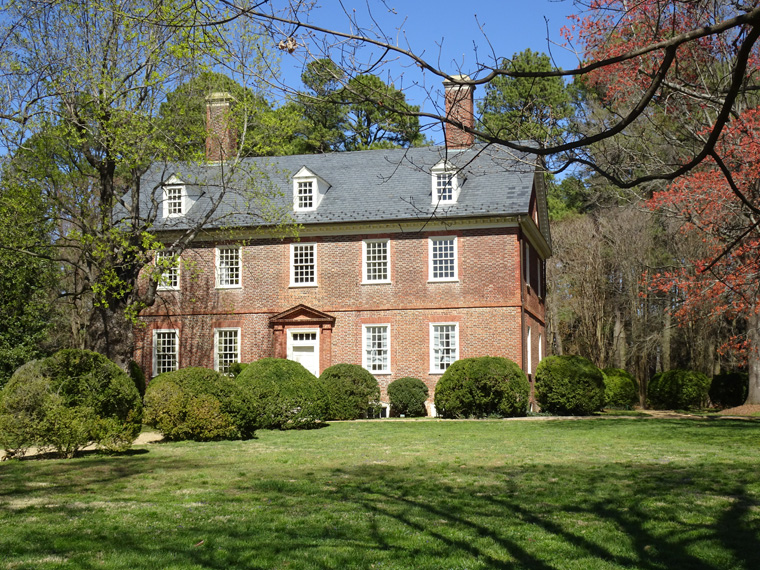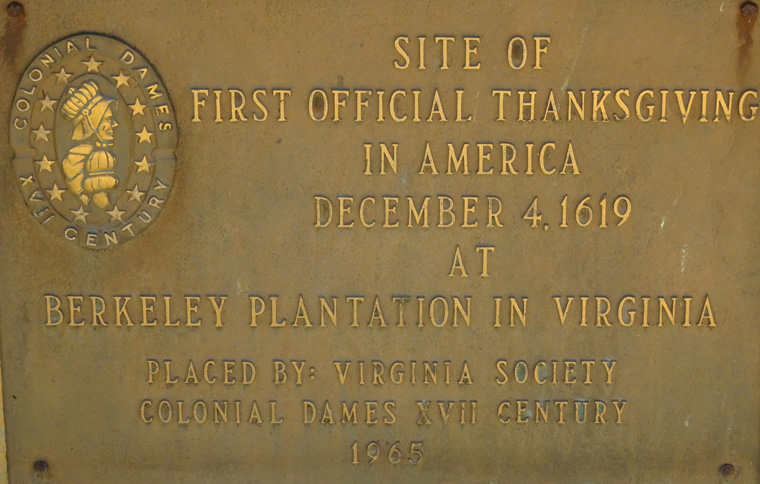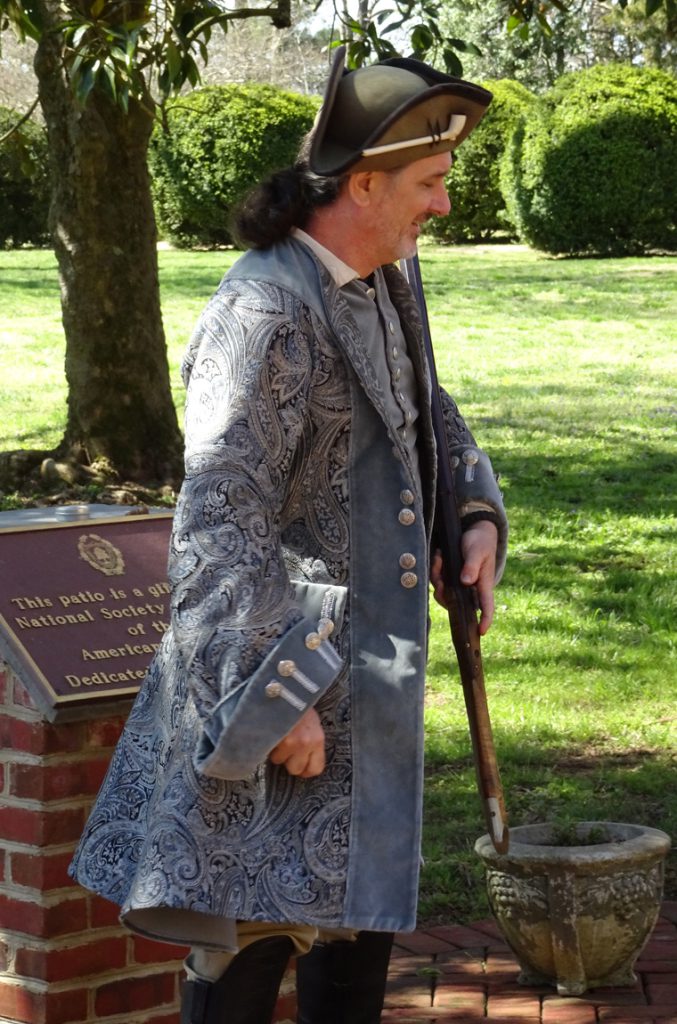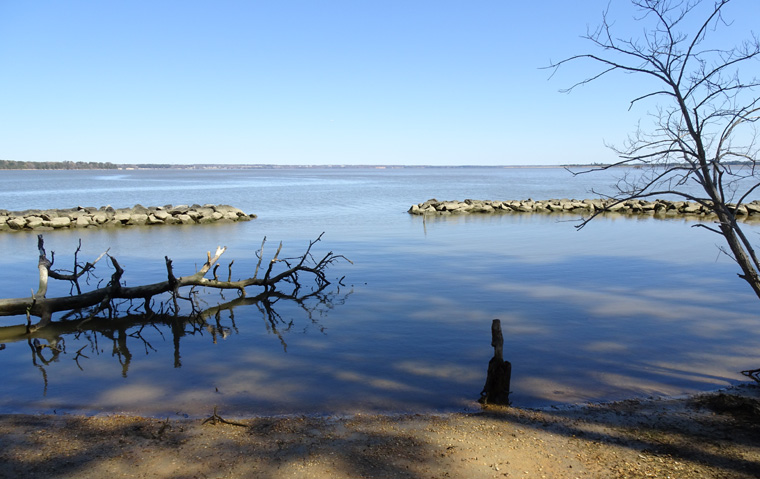Sunday Mar 19, 2023
Today I headed into the heart of colonial history in Virginia. Since I had previously visited the preeminent tourist attraction devoted to the subject, Colonial Williamsburg, and wanted to get to my hotel early to prepare two road videos and blog posts in the same evening due to the lack of Internet access yesterday, I limited myself to visiting a colonial plantation and taking the Island Loop Drive around Jamestown Island in the Colonial National Historical Park. There are about a dozen colonial plantations open to the public along today’s route and many are grander or have better views than the one I chose to visit, Berkeley Plantation. However, Berkeley seemed much more significant historically.
It was here that the first official Thanksgiving was held, not Massachusetts as commonly believed. The Berkeley Company of England employed 36 settlers to come to Virginia to start a trading business in 1619, a year before the Plymouth Pilgrims arrived, and they held Thanksgiving on their arrival. There is even a letter from John Kennedy’s assistant at the White House confirming the claim displayed in the Berkeley Mansion.
It was also the family home of the 9th and 23rd Presidents of the United States, William Henry Harrison and Benjamin Harrison respectively. The 9th president, unfortunately, having the shortest term on record as he died 31 days after giving a 2 hour long inauguration speech without a coat in the rain in chilly Washington in January. Benjamin gave a 15 minute long speech when it was his turn.
During colonial times Berkeley was known to provide great entertainment and the first 10 US Presidents were guests of the Harrisons, as well as Abraham Lincoln during the Civil War.
I had a guided tour of the Mansion and took self guided tours of the kitchen, slave quarters and gardens. There was also the firing of a colonial flintlock rifle. Slavery was not, initially, part of Virginia’s plantation culture as labor was provided by indentured servants who exchanged several years of labor for the cost of passage to Virginia from Europe plus clothing, food and shelter whilst indentured. Once their commitment was over, usually 4 to 7 years, they were free to build a life for themselves. However, by 1705 slavery and servitude were well established in the colony, including at Berkeley. It is still a working plantation today. We were not allowed to take photos inside the mansion.



I then headed to the Jamestown Island division of the Colonial National Historic Park to take the scenic loop drive with many pullouts that, I assumed, would give me a glimpse of historical artifacts but, in fact just contained boards describing what had been there. It was pretty disappointing but I did fit in a short walk to Black Point, the westernmost tip of the island before heading to my blogging efforts at the hotel.


I will believe anything the Colonial Dames’ Lady on the plaque said. Enjoy your trip Steve and thanks for the interesting write up.
Thanks, I also saw the letter from JFK’s White House, and he’s from Massachusetts, but was not allowed to take a photo so I had to believe The Colonial Dames 🙂
Steve, the NYtimes 1619 project now makes sense. You should have been a history teacher. It makes for fascinating reading. Thank you for keeping all of us informed.
Thanks, although the ship sent to Berkeley arrived in December 1619, not August, and did not, as far as I know, bring any enslaved people. I am retired from formal teaching and just try to find interesting places to visit and write a journal to remember my trips. I’m so happy that others follow along and overjoyed if they find it interesting or educational. Just doing what I enjoy:-)